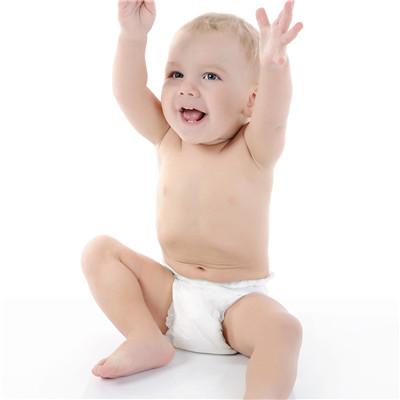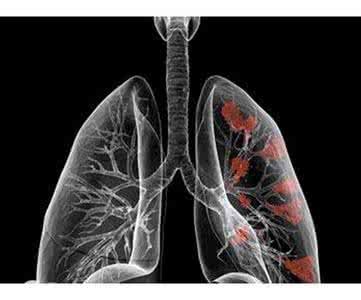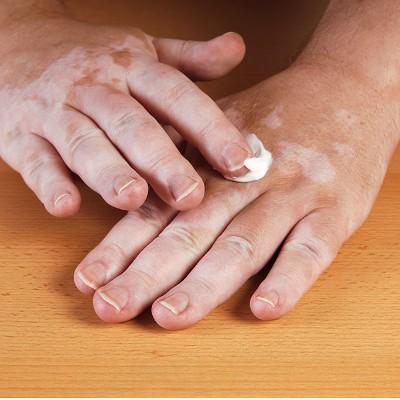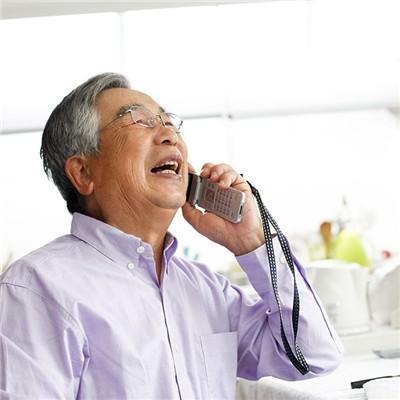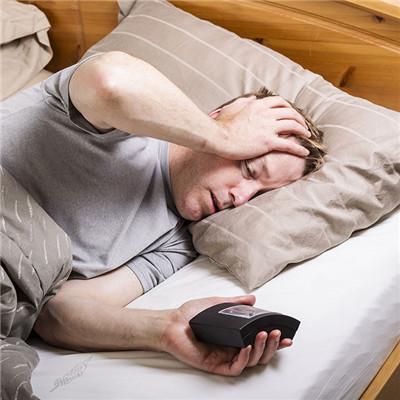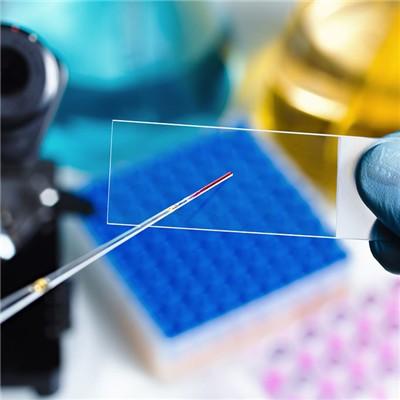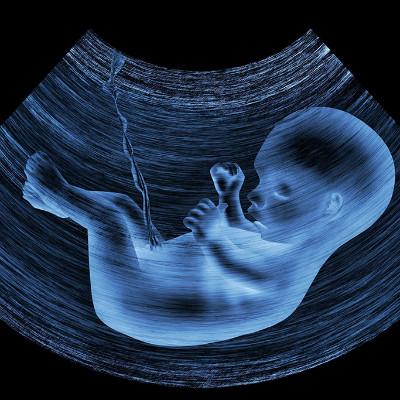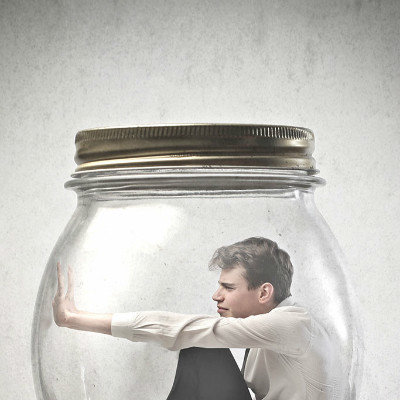How long should peripheral facial paralysis be treated?
summary
Facial paralysis can be said to be a very high incidence rate of neurological disease. The appearance of this disease brings serious harm to the health and mind of the patients. Especially after suffering from peripheral facial paralysis, the situation is more serious. Therefore, in the daily life of our daily life, we should receive treatment as soon as possible in the face of the disease of peripheral facial paralysis. So how long should peripheral facial paralysis be treated?
How long should peripheral facial paralysis be treated?
First, the patients were treated in acute phase; The treatment principle is to reduce facial nerve inflammation and edema, improve local blood circulation and prevent complications. Can use adrenal cortex hormone treatment, complement B group vitamin, antiviral treatment. Ultrashort wave hyperthermia, infrared radiation or local hot compress treatment near the stem and mammary foramen can improve local blood circulation and eliminate neuroedema.

Second, the recovery period treatment; From the third week to the second year after the disease, the main principle is to promote the recovery of neurological function. The patients can continue to be treated with vitamin B, acupuncture and iodine ion penetration therapy. When facial muscle activity recovers, functional training should be done as soon as possible, such as frowning in front of the mirror, raising forehead, closing eyes, exposing teeth, bulging cheeks and whistling, etc., several times a day, several minutes a day, supplemented by facial muscle massage.
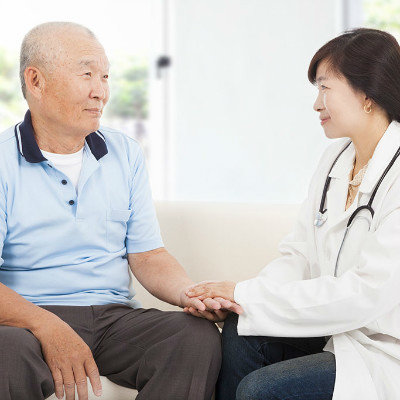
The last sequelae stage was treated; A few patients still have sequelae in varying degrees after 2 years of onset. In severe cases, facial accessory nerve, facial hypoglossal nerve or facial phrenic nerve anastomosis can be used, but the curative effect is uncertain. Because the eyes can not be closed, blink, long-term exposure of the cornea is prone to infection, pay attention to protect the cornea, conjunctiva, can use antibiotics eye drops, eye ointment, eye mask and other methods.

matters needing attention
About 70% of the patients recovered completely, 20% partially and 10% poorly. The prognosis of young patients is good, while the prognosis of elderly patients with mastoid pain or diabetes, hypertension, arteriosclerosis, myocardial infarction is poor. The sequelae were hemifacial spasm. Usually pay attention not to be affected by the wind, pay attention to keep warm, eat some weak food to recuperate. Stick to a period of treatment can be restored.

